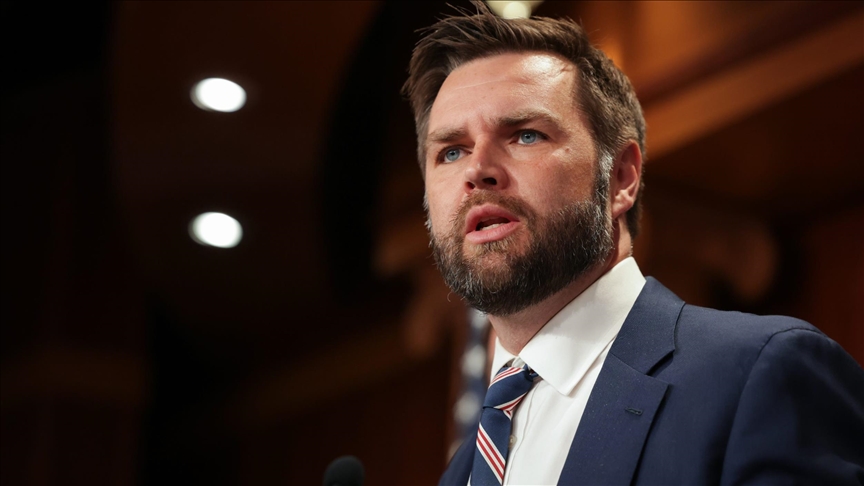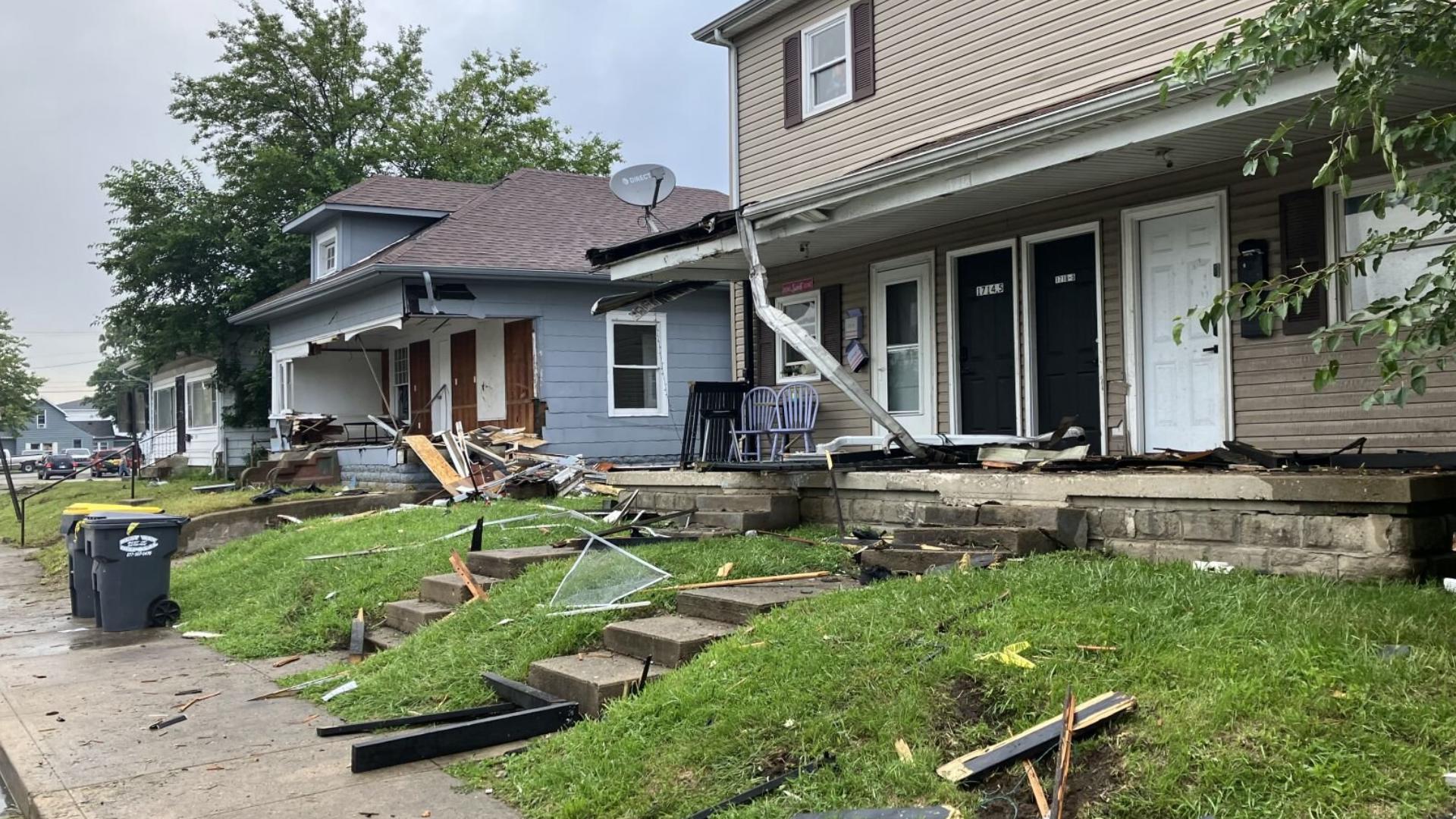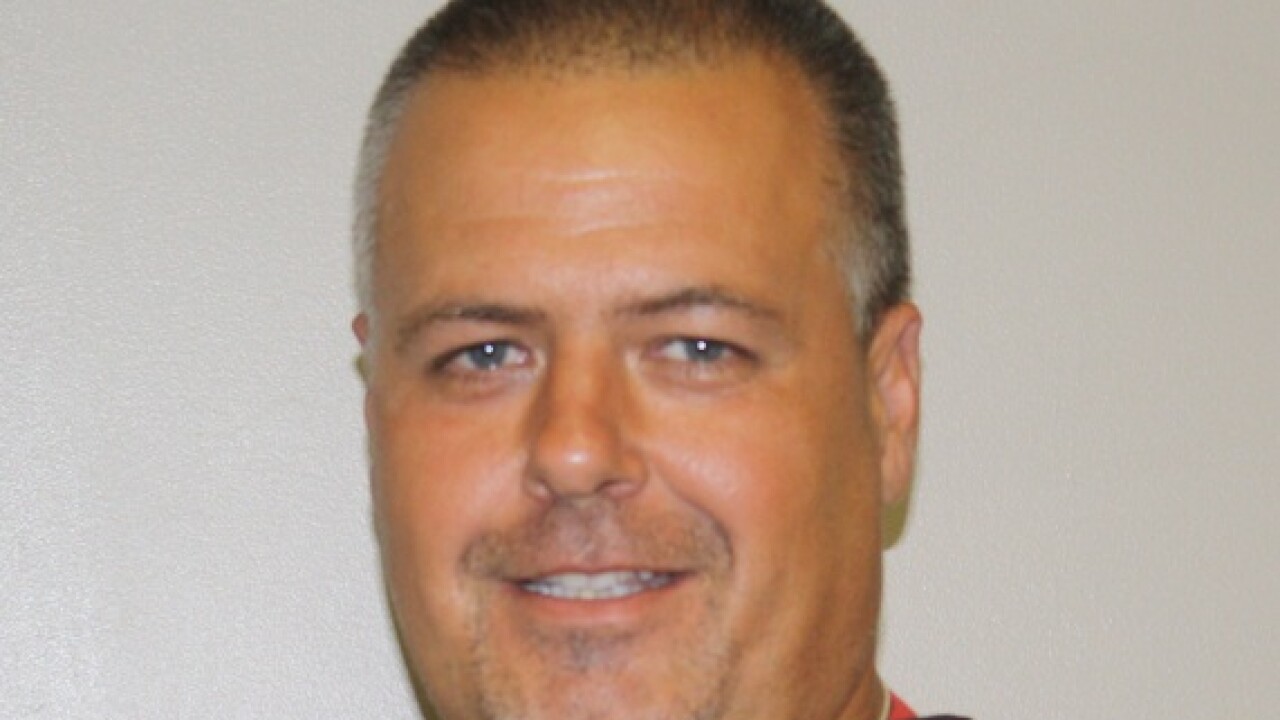Vice President JD Vance made a stop in Indiana on Thursday, urging Republican leadership to consider a fresh round of redistricting. The effort, however, has not yet secured the backing of Governor Mike Braun or key legislative leaders.
The visit comes at a time when redistricting battles are intensifying across the country. Republican-led states such as Texas are pushing to strengthen their congressional maps, while several Democrat-controlled states — including Massachusetts, Vermont, Illinois, and other solid-blue strongholds — already have maps so heavily gerrymandered that Republican representation is virtually eliminated. This tit-for-tat political maneuvering has made the fight over district boundaries a defining feature of modern U.S. politics.
Governor Braun described his meeting with Vance as “pretty good,” saying they discussed “a wide array of topics” — redistricting among them — but stopped short of committing to any specific course of action. Senate Pro Tem Rodric Bray and House Speaker Todd Huston, both Republicans, also attended but offered only brief written statements afterward. Huston praised Indiana’s “many successes” and called the meeting “meaningful,” while Bray labeled it “productive” and said conversations would continue.
Lt. Gov. Micah Beckwith voiced full support for the initiative, framing it as a way to “expand the conservative majority in Congress” and ensure the will of the people is “heard loud and clear.”
Indiana last redrew its legislative and congressional districts in 2021, as required by the state constitution following the decennial census. Currently, Republicans hold a 7–2 advantage in the U.S. House delegation. Any new map would likely target the 1st Congressional District in northwest Indiana, held by Democrat Frank Mrvan, and possibly the 7th District in Indianapolis, represented by Democrat André Carson.
Democrats Push Back
Both Mrvan and Carson blasted the idea, calling it a partisan power grab that would disenfranchise voters. Mrvan criticized the Trump administration’s economic and trade policies, arguing they have harmed Hoosiers, while Carson invoked the legacy of the Voting Rights Act, calling redistricting at this moment “a civil rights issue.”
Opposition wasn’t limited to elected officials. Several hundred protesters, some chanting and cursing, rallied inside the Indiana Statehouse, with groups like Common Cause Indiana promising legal challenges. Executive Director Julia Vaughn urged demonstrators to return “tenfold” if a special legislative session is called.
Rep. Cherrish Pryor (D-Indianapolis) accused the move of being designed to “keep the President in power forever.” State Senate Minority Leader Shelli Yoder argued it would be “unconscionable” to spend an estimated $240,000 on a special session while Hoosiers face rising living costs.
The Bigger Picture
Redistricting has long been used by both parties to maximize political advantage. In Republican-controlled states, Democrats accuse lawmakers of “rigging the maps.” In Democrat-controlled states, however, heavily skewed maps often receive far less national scrutiny. For example, Massachusetts’ all-Democrat congressional delegation leaves GOP voters with no federal representation from the state, while Illinois’ 2021 map redraw heavily consolidated Republican districts. Vermont’s single at-large seat and similarly deep-blue states create structural barriers for minority-party candidates before campaigns even begin.
The Indiana debate is part of this broader national struggle — one in which each party justifies its own gerrymandering as a counterweight to the other’s. With razor-thin margins in the U.S. House, both sides view district boundaries not as mere lines on a map, but as critical levers of political control.
What Comes Next
For redistricting to move forward in Indiana before the next census, Governor Braun would need to call a special legislative session. While Vance’s visit may have been an opening shot in that battle, it remains unclear whether state leaders are willing to take the political — and financial — risk.
Until then, the fight over congressional maps will remain a flashpoint in Indiana, mirroring the deeply entrenched partisan warfare playing out in capitals across the nation.





